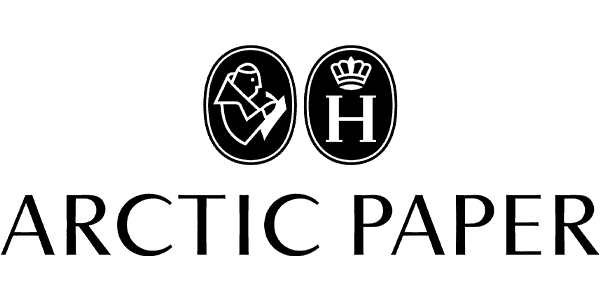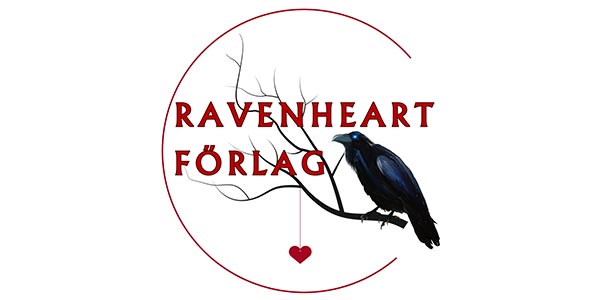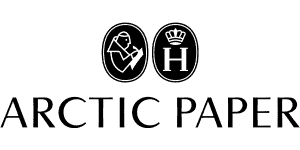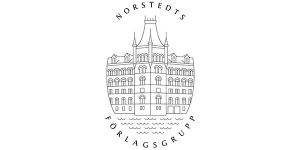
Wanted: Byzantium. The Desire for a Lost Empire.

| Serie | Studia Byzantina Upsaliensia (15) |
|---|---|
| Medverkande | |
| Förlag | Acta Universitatis Upsaliensis |
| Genre | Historia och arkeologi |
| Format | Häftad |
| Språk | Engelska |
| Antal sidor | 304 |
| Vikt | 645 gr |
| Utgiven | 2014-05-17 |
| ISBN | 9789155489151 |
What is Byzantium? The question is not easy to answer. Is it a place, a time, an idea? Is Byzantium a closed chapter in history books or can it be part of modern Europe? Is it irretrievably lost, a kind of Arcadia – a topos rather than a reality, a nebulous yardstick against which we can measure our dreams and nightmares, a fairytale beyond time and space? Can we actually sail there, or may we only be distant spectators?
<Br/><Br/>
There has long been a desire and a need for Byzantium. This need has been more or less detached from the chronological period and the geographical area to which the term Byzantium has been attached by scholars since the sixteenth century, a century after the fall of the empire known to its inhabitants as Roman and to its enemies as Greek. It is widely understood that those objects – textual and material, manuscripts and statues – that were taken to Western Europe from within the empire from the period of the Crusades onwards inspired “renaissances”. Generations of scholars and artists, and their patrons, in Western Europe were offered opportunities to contemplate and rediscover their Greek and Romans pasts. In popular historical accounts, the arrival of Byzantine artists and writers, philosophers and theologians, fleeing the Ottoman Turks, has long been used to explain the Italian Renaissance. But in this tradition, ostensibly positive, Byzantium has been treated not as a creative culture nor even as an incubator of ideas, but rather as if it were a refrigerator, keeping antiquity in a state of preservation until its rediscovery, or reinvention in Western Europe.
<Br/><Br/>
(From the introduction by Ingela Nilsson and Paul Stephenson.)























